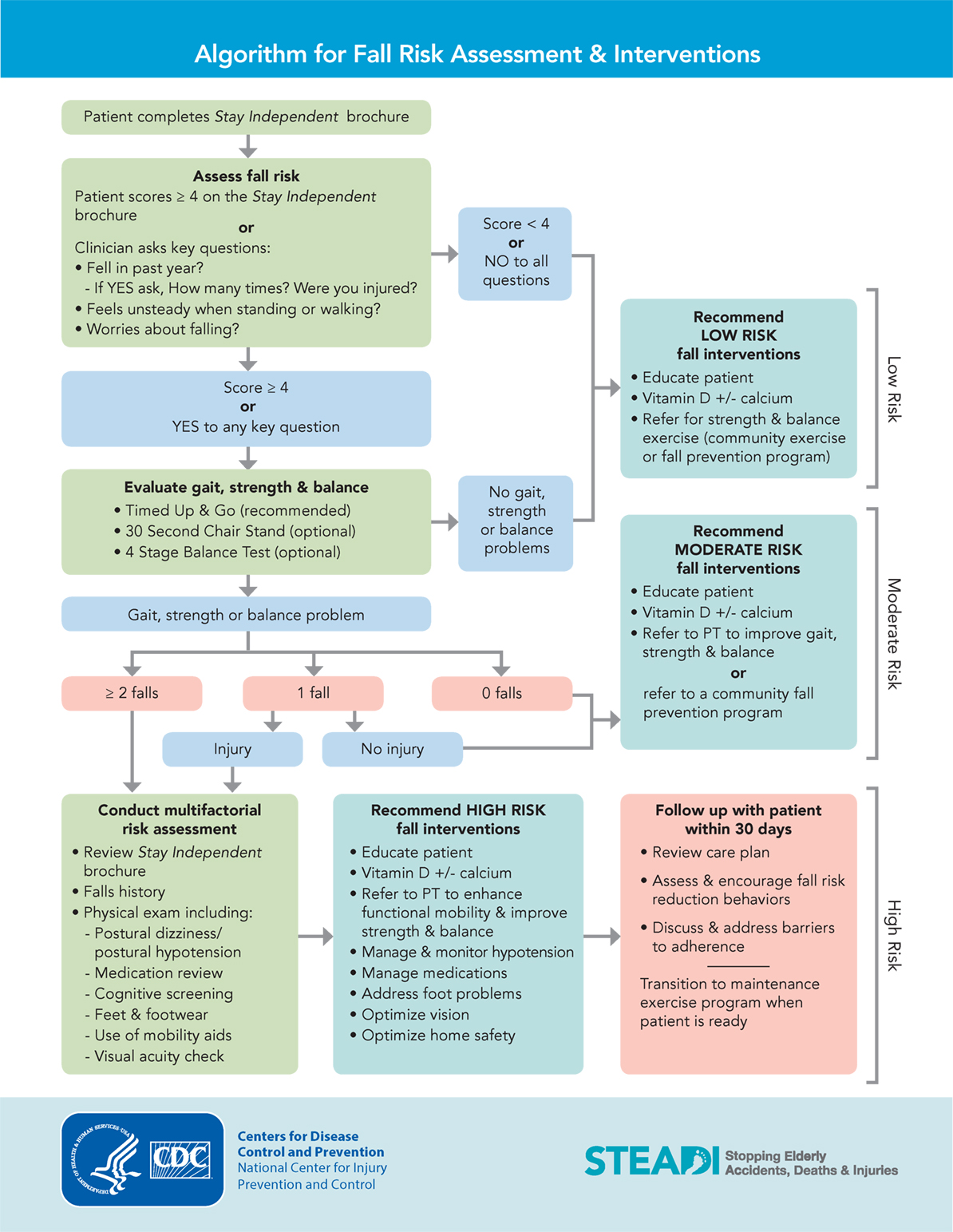The 3-Minute Rule for Dementia Fall Risk
6 Simple Techniques For Dementia Fall Risk
Table of ContentsGet This Report on Dementia Fall RiskOur Dementia Fall Risk DiariesDementia Fall Risk - TruthsThe smart Trick of Dementia Fall Risk That Nobody is Talking AboutDementia Fall Risk - Truths
You may be worried due to the fact that you've had an autumn before or since you have actually seen you're beginning to really feel unsteady on your feet. You could have observed changes to your health and wellness, or simply really feel like you're reducing down a little. Whatever the factor, it isn't uncommon to come to be mindful and lose self-confidence, and this can quit you doing the things you used to do and make you feel extra isolated.If you have actually had an autumn or you have actually started to really feel unstable, inform your medical professional also if you feel great otherwise. Your doctor can inspect your balance and the way you stroll to see if renovations can be made. They might have the ability to refer you for a drops threat evaluation or to the falls avoidance solution.
This information can be obtained through meetings with the person, their caretakers, and a review of their clinical records. Begin by asking the individual regarding their background of falls, including the frequency and conditions of any type of current falls. Dementia Fall Risk. Ask about any type of wheelchair problems they might experience, such as unstable or trouble walking
Conduct a detailed evaluation of the person's drugs, paying certain interest to those understood to boost the risk of falls, such as sedatives or drugs that reduced high blood pressure. Figure out if they are taking numerous medicines or if there have actually been recent adjustments in their drug regimen. Evaluate the person's home setting for possible risks that might boost the risk of drops, such as inadequate illumination, loosened carpets, or absence of grab bars in the shower room.
The 10-Minute Rule for Dementia Fall Risk
Overview the person with the loss risk analysis type, explaining each concern and recording their reactions accurately. Make sure that the individual understands the purpose of the evaluation and feels comfortable providing straightforward solutions. Calculate the overall risk rating based on the feedbacks supplied in the analysis type. Determine the individual's risk classification (reduced, medium, or high) based upon the complete score and the visibility of automated high-risk condition variables.
This plan might include exercise programs to enhance strength and equilibrium, medicine changes, home modifications, and references to other experts as needed. On a regular basis monitor the person's progress weblink and reassess their risk of drops as needed. Change the care strategy based upon changes in their health and wellness standing or home setting. Offer ongoing education and learning and support to promote security and minimize the danger of drops in their everyday living activities.
Several research studies have revealed that physical therapy can assist to minimize the danger of dropping in grownups ages 65 and older. In a brand-new study (that considered drops threat in ladies ages 80 and older), researchers determined the financial impact of selecting physical treatment to stop drops, and they discovered that doing so saves $2,144, including all the surprise expenses of your time, pain, missed life events, and the dollars spent for services.
Not known Incorrect Statements About Dementia Fall Risk
Inspecting your heart price and blood stress measurements at remainder and while you turn (from sitting or lying to standing). A straightforward test of your reasoning (cognitive) capabilities. Evaluating your balance, toughness, and strolling capacity. An easy vision test. Assessing your feet and footwear. A home safety assessment. Based upon the assessment results, your physiotherapist will certainly make a strategy that is tailored to your certain needs.
Older grownups that have difficulty strolling and speaking at the very same time go to a greater risk of dropping. Dementia Fall Risk. To aid raise your security throughout day-to-day tasks, your physical therapist may make a training program that will challenge you to preserve standing and walking while you do an additional job. Instances include strolling or standing while counting backward, having a discussion, or bring a bag of groceries
Establish objectives for raising their physical task. Exercise a lot more to enhance their stamina and equilibrium. These programs often are led by volunteer trains.
All about Dementia Fall Risk

Measles, or rubeola, is a highly infectious, acute viral transmittable illness triggered by the measles infection. check my reference Some individuals assume of measles as just a breakout and fever that clears in a couple of days; however, measles can cause significant health issues, particularly in kids more youthful than 5-years-old. The best security versus measles is the measles, mumps, and rubella (MMR) vaccine.
Autumns are a common root cause of injury amongst older grownups. According to the CDC, in one year alone, fall-related injuries added to over $50 billion in medical prices (Dementia Fall Risk). In health center settings, older adults are at specifically high risk of drops since their decreased wheelchair from being confined to a room or bed.
7 Easy Facts About Dementia Fall Risk Shown

She has no background of drops, her gait is stable, and she nullifies with no concerns. The previous nurse states that she calls for aid to the shower room when she needs to go.
Instances of typical autumn interventions/measures consist of: Guaranteeing a client's necessary things are within reach. Beyond comprehending just how to utilize the Johns Hopkins Autumn Danger Analysis Tool, it's essential that facilities include its use right into a more extensive autumn avoidance strategy.